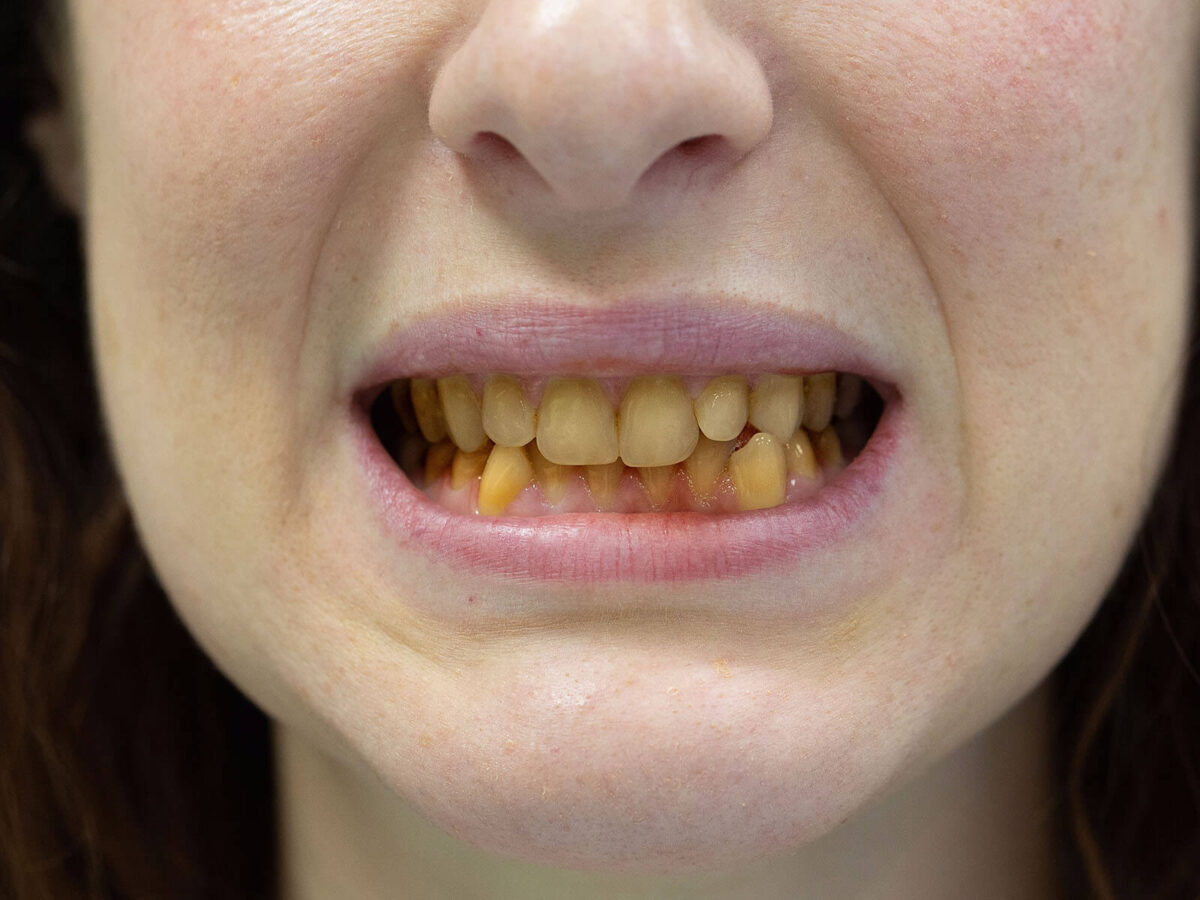Oral health practitioners are in an ideal place to detect early signs of an eating disorder and recommend the patient to seek further treatment. Knowledge of the oral signs and symptoms of eating disorders as well as the ways to apply the correct screening test, is helpful when dealing with the intervention that is necessary for the patients to achieve a recovery. So, let’s get more information on how to cure it from Grangerland Family Dentist.
What is an Eating disorder?
Eating disorders are a complex and dangerous mental and physical health problem in contemporary society that can affect anyone. From the National Eating Disorders Association, it was revealed that as many as 20 million women and 10 million men in the United States are likely to develop an eating disorder at some point in their lifetime. Not only does it affect one’s physical well-being, but it also affects self-esteem, interpersonal relationships, job performance, and thus quality of life. It is well known that eating disorders can cause severe disorders in proper nutrition and, as a result, cause some illnesses.
Types of eating disorders
Anorexia
Anorexia, for instance, is an eating disorder wherein the affected person/individual possesses a severe fear of gaining weight. People with this condition are usually obsessed with their size, which often results in risk-taking behaviors, such as starving themselves or exercising excessively. People with anorexia can remove food from their bodies by vomiting, enemas, or laxatives.
Bulimia
Similar to anorexia, bulimia is also obsessed with the idea of weight gain, and this explains how the patients can recover their normal eating habits after some time. This is characterized by times when one eats a lot of food and then makes himself or herself vomit or uses laxatives or other kinds of cosmetics.
Binge-eating disorder
Binge eating is one of the most frequently seen disorders, and the above study has indicated that it has an equal incidence in men and women. This is an eating disorder that entails cyclic features of binge eating compulsively. People experience a loss of control over eating and then guilt and or shame when they relapse into overeating. These episodes of binge eating are not followed by compensatory behaviors like vomiting, as seen in people with bulimia. The criteria that define binge eating disorder include the behavior of binge eating that has occurred at least once a week in the last three months, as stated by NEDA.
How does an eating disorder influence your oral health?
- Bad gums: In a condition such as anorexia, the body is deprived of sufficient nutrients that feed the gum tissues. The lack of food will cause your gum to break and bleed, and your teeth will fall off, only compounding tooth decay. Also, all essential nutrients like calcium are used for tooth development, vitamin B, and iron for dental health; deficiency leads to gum disease as your body gets very low in nutrient levels. A deficiency of calcium also leads to the problem of tooth decay. Furthermore, insufficient iron leads to mouth sores, and vitamin D deficiency results in terrible breath.
- Decay because of acid: An eating disorder that is mostly followed by vomiting in which an individual ejects out the acid contained inside the stomach. Whenever you begin to have frequent vomiting, these acids affect the outermost part of the teeth, which is the enamel. The main symptoms of acid affectation include changes in skin color, sensitive teeth, etc.
- Affects salivary glands: In a dental clinic, multiple cases come every year when a person has an issue with salivary glands. When people get used to binge eating and purging, the salivary glands get swollen, which is very painful and unattractive.
- Impact of purging: These effects include tooth erosion, enamel loss, teeth weakening, and discoloration, among others. It occurs because of the reaction between the stomach acid and teeth, leading to dental cavities. This makes teeth fragile and also leads to discoloration since your teeth become so weak. People who purge also develop a soft palate or destroy the soft tissue, and this is when their gums, mouth sides, and the back of the throat ache. Purging also results in water depletion, which leads to dry out and parched lips and gums.
Treatment
If you or someone you know is struggling with an eating disorder, then the guidance of a licensed psychologist or a person within the psychiatric field is highly recommended. Diagnosing an eating disorder is a complex process, and so also should the handling of the same with equal regard to the welfare of the diagnosed person.
Even though, of course, each case is unique, problems like eating disorders are usually solved with something of a team approach. This is focused not only on the professional intervention but also on the involvement of family and friends, ensuring the individual is not alone in this process and creating an environment of safety net for those difficult times.
As usual, there would be some challenges and frustrations because often people face relapse and return to their previous unhealthy habits; but the most important thing is not to despair!
A sufferer must ensure a strict and proper dental hygiene regime due to various hazards jeopardizing one’s oral health. Hence if you are suffering from an eating disorder, all these could be disastrous to your health. Moreover, regular dental check-ups at Grangerland Family Dentist are essential so that the dentist who looks after you can observe any changes or problems.
Eating disorder is not a disease that can be treated by giving the patient an injection or putting on some magical pill. It requires special attention that encompasses the soul, spirit, and body. Through the process of restoring oral hygiene, a dentist can assist patients in recovering. Bleaching and reshaping of teeth are not a mere vain issue as they seek to rebuild wrecked teeth. When teeth are built up or restored, there is one less hindrance that can keep a person from having a healthy diet.
Summing It Up
For anyone who has experienced disordered eating for themselves or a loved one, there is hope of regaining whole-body health. One needs to ensure that the dentist’s care is included in the post-operative treatment process. Visit Grangerland Family Dentist today for all your dental needs.




